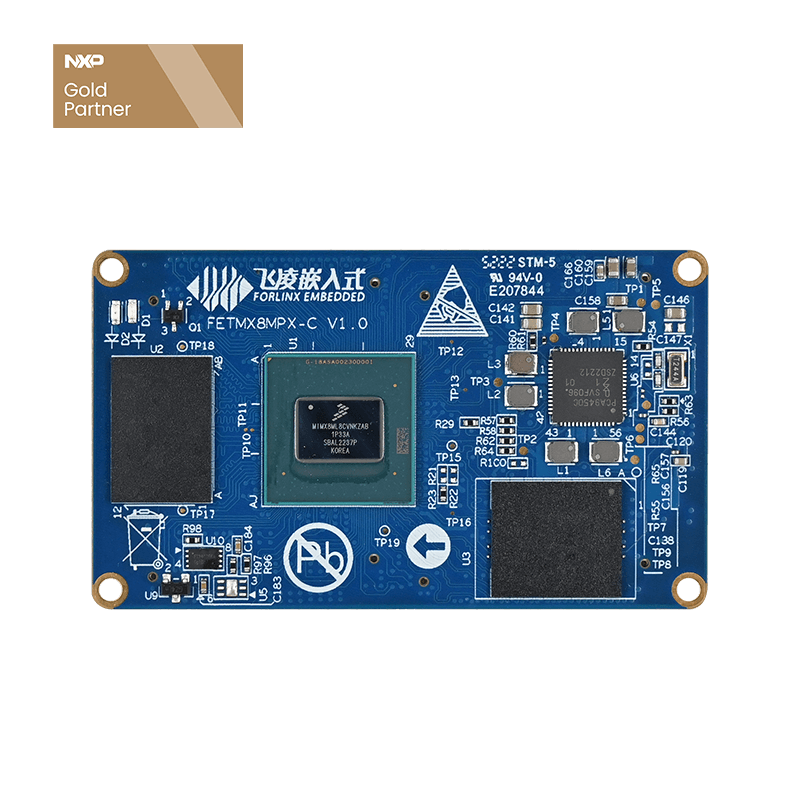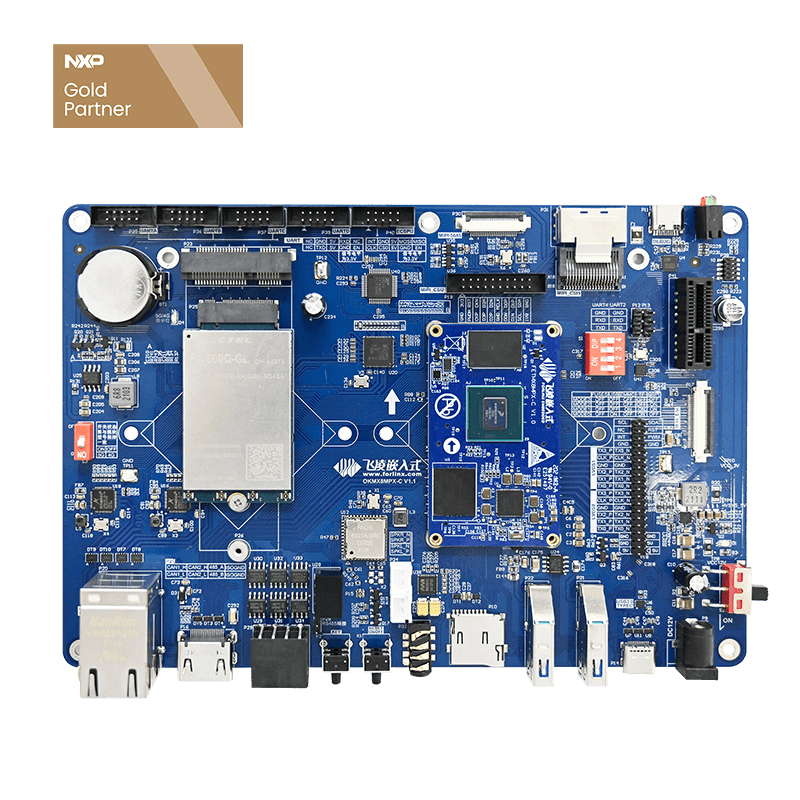
High-Performance Machine Learning Makes Edge Computing More Powerful
In today's technologically rapidly changing world, research into artificial intelligence (AI) has made amazing progress and the use of computers is expanding.
Machines perform certain tasks faster and more accurately than humans. The most famous event was AlphaGo's victory over Go world champion Ke Jie in 2016 through the machine's ability to learn autonomously.
Of course, the rapid development of AI is also closely related to the continuous progress of human intelligence.
With technologies such as machine learning (ML), developers can create a wide variety of applications, such as industrial machine vision, image classification, object detection, speech recognition, natural language processing, gestures, and mood detection, that have changed the way we live and improved the security, intelligence, and convenience of our homes, offices, factories, and cities.
What is Machine Learning
Machine learning is the equivalent of using a computing engine to handle complex human tasks, but it is faster and even autonomous, without direct human intervention. When running machine learning applications, massive mathematical operations are required, up to trillions of times per second.
Clearly, machine learning can provide people with many convenient features that are essential for applications such as smart homes, smart retail, smart factories, and smart cities. Previously, machine learning required expensive and complex cloud computing, known as "cloud-based artificial intelligence." But now, many machine learning operations can be performed at the edge of the network, where smartly connected devices provide faster runtime response, lower latency, and better reliability, privacy, and security.
Why Calculate Based On Edge
When leveraging cloud computing, users need to use computing resources outside the on-premises network. However, by edge calculation, a lot of processing can be done locally! As a result, some private data can also be stored on the local network, and security is greatly improved.
Edge devices can also perform a variety of tasks. In cloud computing processes, edge devices are typically used to filter, preprocess, store, or buffer data. Now, advances in new technologies, such as integrated neuroprocessing units (CPUs), have opened up the possibility of using edge devices.
With edge devices that can make decisions based on a variety of data sources, such as camera input, users can save important data on their local network. This reduces the amount of data that must be uploaded to the cloud and improves overall system reliability and security. Faster real-time decisions can also be made, otherwise, data transfer to the cloud and waiting for a control response increases latency, making it impossible for the cloud computing architecture to handle some applications.
Forlinx has introduced a FETMX8MP-C core board based on the NXP i.MX 8M Plus processor.
i.MX 8M Plus core board features:
1. High-performance NPU with 2.3 TOPS calculations (megabits per second);
2. Four-core Arm Cortex-A53 subsystem with the main frequency of up to 1.6GHz;
3. Independent real-time cortex-M7-based subsystems with a main frequency of up to 800MHz;
4. High-performance 800MHz audio DSP for speech and natural language processing;
5. Dual camera image signal processor (ISP);
6. 3D GPUs for rich graphics rendering;
FETMX8MP-C core board advantage
The FETMX8MP-C core board uses 14nm FinFET process technology for low power consumption and high performance, as well as new features, including dual camera ISPs that support two low-cost HD image sensors or a 4K resolution image sensor that can handle machine learning tasks such as face, object, and gesture recognition.
In addition, it integrates a standalone 800MHz Cortex-M7 for real-time tasks and low-power support, H.265 and H.264 video codecs, 800MHz HiFi4 DSP, and 8-channel PDM microphone input for speech recognition.
Industrial IoT features include gigabit Ethernet support for time-sensitive networks (TSNs), 2 CAN-FD interfaces, and ECCs.
Artificial intelligence and machine learning have brought about disruptive changes in the computer industry that will help improve our lives. We believe that by using Forlinx's FETMX8MP-C SoM to move artificial intelligence and machine learning to the edge, we can usher in a better tomorrow faster.



